In hunting, accurately judging the distance often determines success or failure. Many hunters have such an experience: their shooting accuracy is extremely high when training on flat ground, but it drops significantly when they move to the woods, mountains or treetops. Where is the problem? The answer is - the error in distance judgment.
Ordinary rangefinders only provide straight-line distances but ignore the differences brought by angles. A rangefinder with Angle compensation function can automatically correct the horizontal distance, making the aiming point closer to the actual hit point. For this reason, such equipment has gradually become indispensable gear in bow hunting and rifle hunting.

What Is a Hunting Rangefinder With Angle Compensation?
The Angle Compensation Rangefinder is not merely a tool for measuring distance. It senses the tilt Angle through sensors and, in combination with algorithms, provides a true and effective horizontal distance.
For instance, take a simple example:
- When you aim down from the tree rack, the straight-line distance may be 40 yards.
- However, due to the Angle, the effective horizontal distance is only 35 yards.
- If you aim at 40 yards, the arrows or bullets tend to be too high.
The Angle compensation rangefinder can directly display the result of 35 yards, allowing you to shoot at a more reasonable aiming point. This correction is particularly suitable for bow hunting that requires high precision and is also of great help in mountain rifle hunting.
What Should Be Focused On When Choosing An Angle Compensation Rangefinder?
There are numerous models of rangefinders on the market, but not all of them are suitable for hunting. When making a choice, the following aspects can be considered:
Ranging Accuracy and range
Accuracy determines the hit rate, and range determines the application scenario. Bow hunting focuses on medium and close range, while rifles place more emphasis on long-range performance.

The sensitivity of Angle compensation
The more advanced the algorithm is, the closer the compensation will be to the real horizontal distance, which is particularly important in complex terrains.
Display effect and reading speed
Optical clarity, screen brightness and reading speed all directly affect practical performance.
Differences in applicable scenarios
- Bow hunting: Requires lightweight and quick-response equipment;
- Rifle hunting: A model that requires stable and long-range support.
Durability and portability
The outdoor conditions are changeable. The lightweight, waterproof and shockproof design can ensure long-term use.
Recommendations For The Best Angle Compensation Rangefinders For Bow Hunting
Bow hunting is usually carried out within a range of 20 to 60 yards. Lightness and speed are of vital importance. The following several have a good reputation in Bow Hunt:
Comprehensive functions, affordable price, built-in Angle compensation, suitable for beginners and intermediate users.
Vortex Ranger Series
It is easy to operate, has high optical clarity and is suitable for bow hunters who use it frequently.
Leupold RX series
The high-end model features rapid reading and precise Angle compensation, making it an ideal choice for those pursuing a high success rate.
These models can significantly enhance the stability and hit rate of shooting in the common medium and close-range scenarios of bow hunting.

Recommendations For The Best Angle Compensation Rangefinders For Rifle Hunting
If you are more inclined to rifle hunting or long-distance shooting, then the requirements for ranging range and compensation stability will be higher. Here are a few recommended options:
Nikon Prostaff series
It has a wide ranging range and remains stable and reliable even during long-distance hunting.
Sig Sauer Kilo series
It has an extremely fast response and precise compensation algorithm, making it particularly suitable for mountainous and remote environments.
Bushnell Prime series
Sturdy and durable, with strong adaptability, it still performs stably under various complex conditions.
These products can provide accurate results at distances of 500 to 1,000 yards or even further, allowing rifle hunters to be more at ease.
Why Does Angle Compensation Change The Outcome?
Many hunters have found that in sloping or highland environments, ordinary rangefinders often cause the shooting results to deviate from expectations. The reason lies in the fact that it only shows the straight-line distance, not the effective horizontal distance.
For instance, aiming at a 40-yard target from a slope, the actual effective distance might only be 35 yards. If the aiming point is adjusted at 40 yards, the bullet or arrow will fly over the target. Angle compensation can make up for this gap and bring the shooting closer to the actual hit point.
In other words, it can carry on your stable performance on the training ground to the complex outdoor environment.

Final Words And Suggestions
Rangefinders with Angle compensation are no longer merely high-end configurations, but have become core equipment in modern hunting.
- For bow hunting: The lightweight and sensitive model can solve the problem caused by height differences, making short-range shooting more accurate.
- For rifle hunting: A large ranging range and stable compensation can help you maintain stable performance in long-range environments.
If you are in pursuit of portability and quick response, you may consider the lightweight model specifically designed for bow hunting. If your goal is long-distance hunting, you should give priority to choosing a model with a stronger compensation algorithm and a wider range.
No matter which one you choose, the rangefinder with Angle compensation can enable you to make more confident judgments in complex terrains and seize every crucial shooting opportunity.

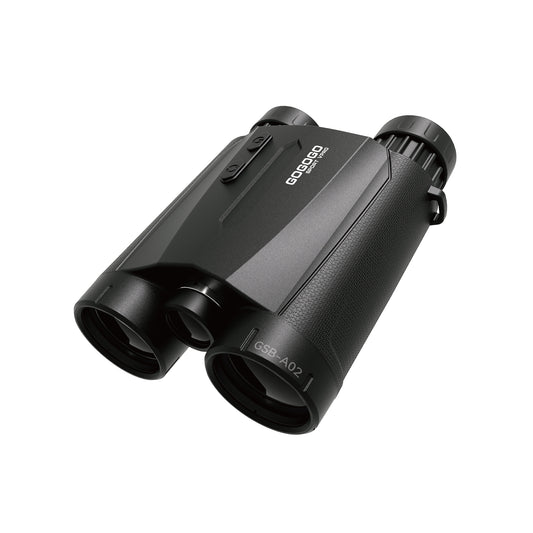
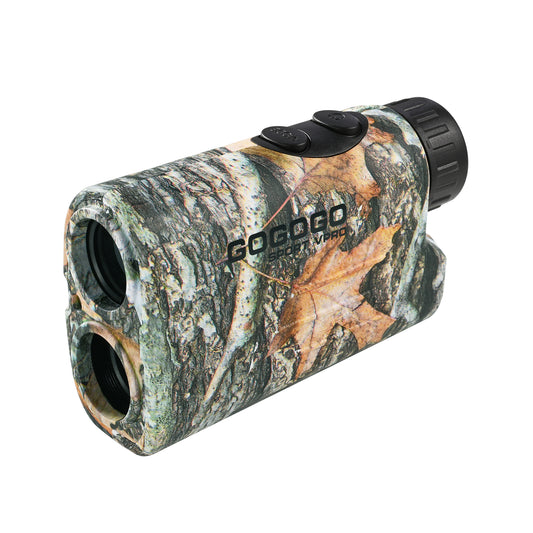
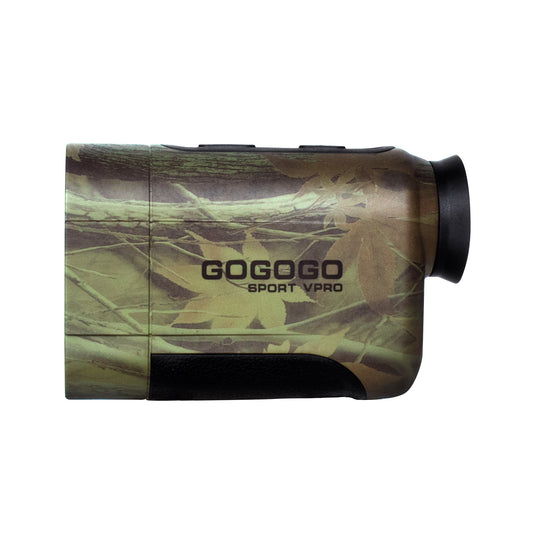
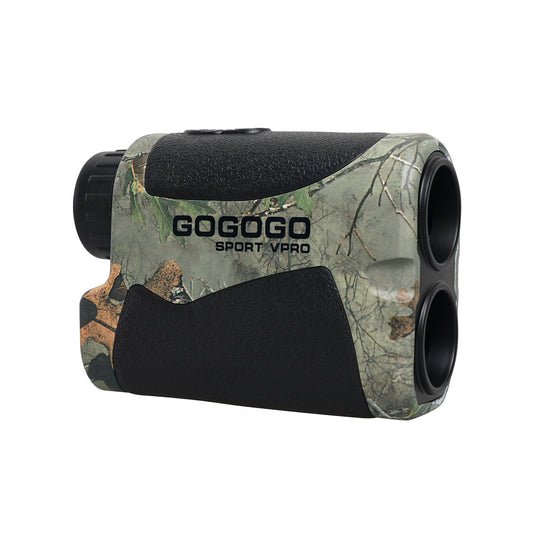
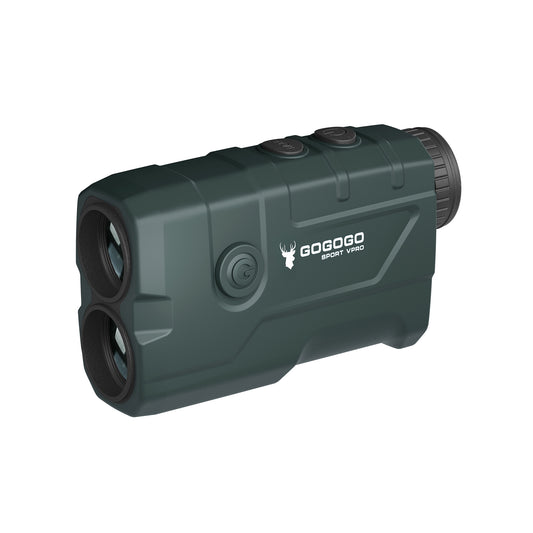
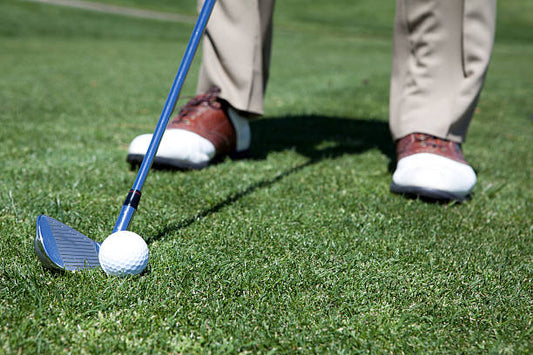
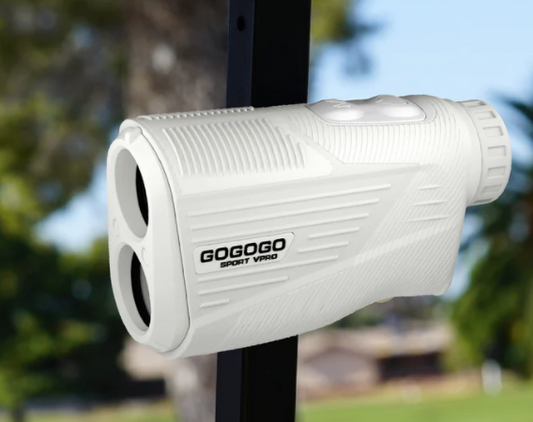

![[2025] The Ultimate Guide to Pinseeker Rangefinders for Golfers](http://gogogosport.com/cdn/shop/articles/gogogo_sport_vpro_pinseeker_rangefinder.png?v=1757993796&width=533)